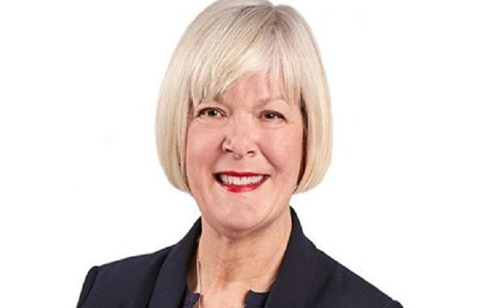
When it comes to guaranteed minimum pension (GMP) equalisation on past transfers, the new Pensions Administration Standards Association (PASA) guide does a good job of explaining the total mess schemes find themselves in as a result of the 2020 Lloyds judgement, and how the obligation might be discharged in a practical and pragmatic way. It can’t offer a simple solution for all schemes however, because this will be dependent on scheme specific factors.
Essentially, contracted-out defined benefits (DB) schemes that paid transfers in respect of pensionable service between May 1990 and April 1997, without any allowance for equalising GMPs, may not have paid the correct amounts. Trustees now need to decide what they can reasonably do to pay the right amounts and trustees who received these payments may also have some decisions to make.
Where only a few ex-members need top-ups, it may be feasible to deal with them on a case by case basis. However, if there are more than a handful, the cost of tracing, getting authority, corresponding with the ex-member and receiving arrangement, and implementing the top-up, if one can be made, can easily outweigh the amount of the top-up.
Trustees need to be proactive, but the judge in the Lloyds case did appear to say that trustees can take account of the costs in deciding on their approach. There is no statutory limitation period for these underpaid transfers. Forfeiture provisions may provide some limitations, although the PASA guide does not expect most forfeiture rules or member discharge provisions to apply in these circumstances.
Calculations need to be done as best as they can be and based on reasonable assumptions to fill in data gaps. Schemes that have done GMP equalisation for current members have a head start as they know the profile that makes a top-up likely, based on their own benefit structure.
Trustees then need to decide where to pay it. It may be easy to pay the receiving arrangement, or impossible. The situation may be unclear. The trustees need to find ways to pay out this top-up amount that they can control.
The top-up is not a benefit, so tricky to validly commute, and it’s due to a third party, not to the member. Getting a neat and tidy discharge is a challenge for the transferring trustees.
Kate Payne is a partner at Arc Pensions Law
















